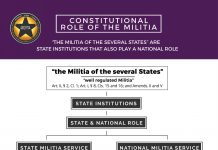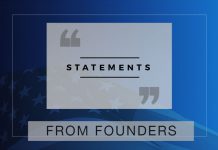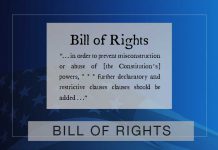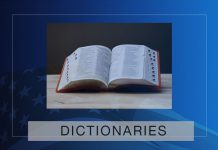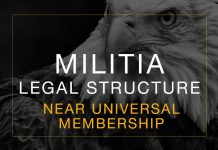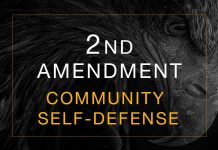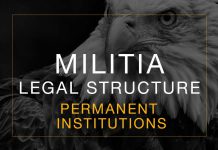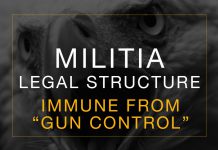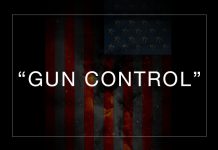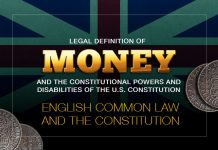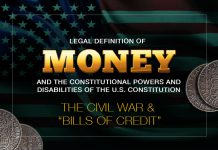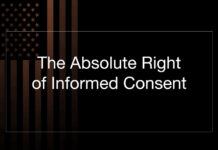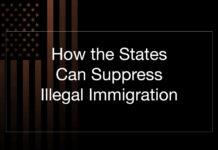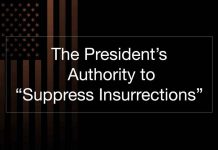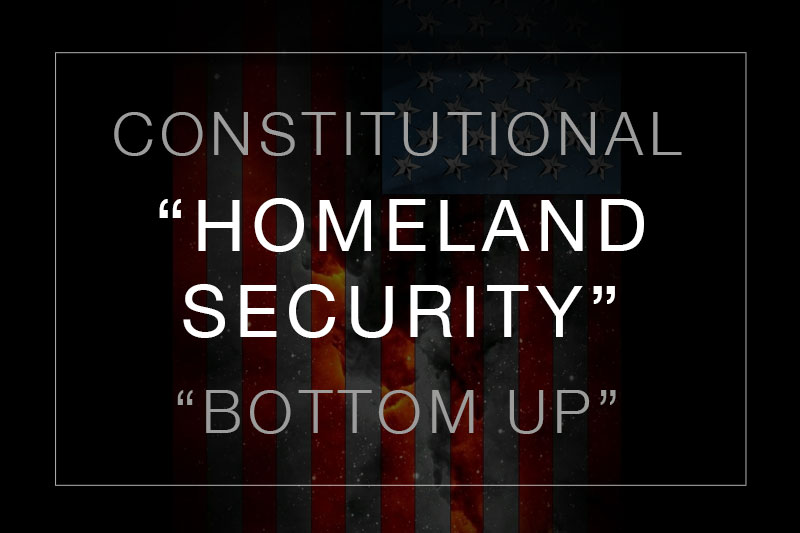Last Updated on August 20, 2022 by Constitutional Militia
Congress and the Militia
“THE MILITIA OF THE SEVERAL STATES” ARE LARGELY OUTSIDE THE JURISDICTION OF CONGRESS.
Congress Governs “Part” of the Militia— Otherwise The Militia are largely Outside the Jurisdiction of Congress
The Constitution empowers Congress:
[t]o provide for calling forth the Militia to execute the Laws of the Union, suppress Insurrections and repel Invasions; [and]
[t]o provide for organizing, arming, and disciplining, the Militia, and for governing such Part of them as may be employed in the Service of the United States, reserving to the States respectively, the Appointment of the Officers, and the Authority of training the Militia according to the discipline prescribed by Congress.[2]
Obviously, the Constitution delegates these powers to Congress for the purpose of providing the United States with the ability to rely upon uniform Militia drawn from the several States for any of the three constitutionally designated purposes. But the Constitution imposes no corresponding disabilities upon the States with respect to the subject-matters of these two powers, other than the implicit limitation always applicable to every concurrent power that the States’ regulations in those particulars may not interfere with whatever pertinent and otherwise constitutional regulations Congress may have enacted.[3] This is because, as the Constitution itself recognizes, the “Militia” to be “organiz[ed], arm[ed], and disciplin[ed]” are none other than “the Militia of the several States”, not “the Militia of the United States”—a distinction the Constitution makes exquisitely clear in defining the dual status of the President as “Commander in Chief of the Army and Navy of the United States, and of the Militia of the several States, when called into the actual Service of the United States”.[4] “[T]he Militia of the several States” (or of the American Colonies before the latter declared their independence from Great Britain) preëxisted the Constitution. And during the entire pre-constitutional era, each of the Colonies and then independent States exercised exclusive jurisdiction over her own Militia and such regular armed forces as she might raise. Even the precursor to the Constitution, the Articles of Confederation, expressly mandated that “every state shall always keep up a well regulated and disciplined militia, sufficiently armed and accoutered”[5]—according, moreover, to each State’s own laws, because the Articles granted no powers to Congress for that purpose. The Constitution nowhere explicitly withdrew authority over their Militia from the States, as it did with respect to the States’ “keep[ing] Troops, or Ships of War in time of Peace” “without the Consent of Congress”.[6] And the Constitution nowhere granted any authority to Congress to form a “Militia of the United States”, as it did with respect to “rais[ing] and support[ing] Armies” and “provid[ing] and maintain[ing] a Navy” which were to be known as “the Army and Navy of the United States”.[7] Therefore, each of the States retains the authority to “organiz[e], arm[ ], and disciplin[e]” her own Militia in order:
(i) to fill any voids in her Militia’s preparedness caused by Congress’s neglect, failure, or refusal to “organiz[e], arm[ ], and disciplin[e]” the Militia in complete readiness to be “call[ed] forth” “in the Service of the United States” for any of the three constitutionally designated purposes;
(ii) to prepare her Militia to be called forth by State herself for any of those reasons if Congress neglects, fails, or refuses to do so when such mobilization is necessary; and
(iii) to enable her Militia to provide defense and other aid to the State in situations not involving any of those three reasons, by supplementing what Congress has mandated should that State consider Congress’s action insufficient for her own purposes.[8]
The Constitution itself recognizes, the “Militia” to be “organiz[ed], arm[ed], and disciplin[ed]” are none other than “the Militia of the several States”, not “the Militia of the United States”—a distinction the Constitution makes exquisitely clear in defining the dual status of the President as “Commander in Chief of the Army and Navy of the United States, and of the Militia of the several States, when called into the actual Service of the United States”.[9]
If Congress may provide for governing only that “Part” of the Militia “employed in the Service of the United States”, who is to govern the remainder of the Militia at that time, and all of the Militia when no “Part of them” is so employed? The Constitution itself decrees that it cannot be Congress. Therefore it must be the States, or in the event of the States’ default “the people” themselves.[10]




